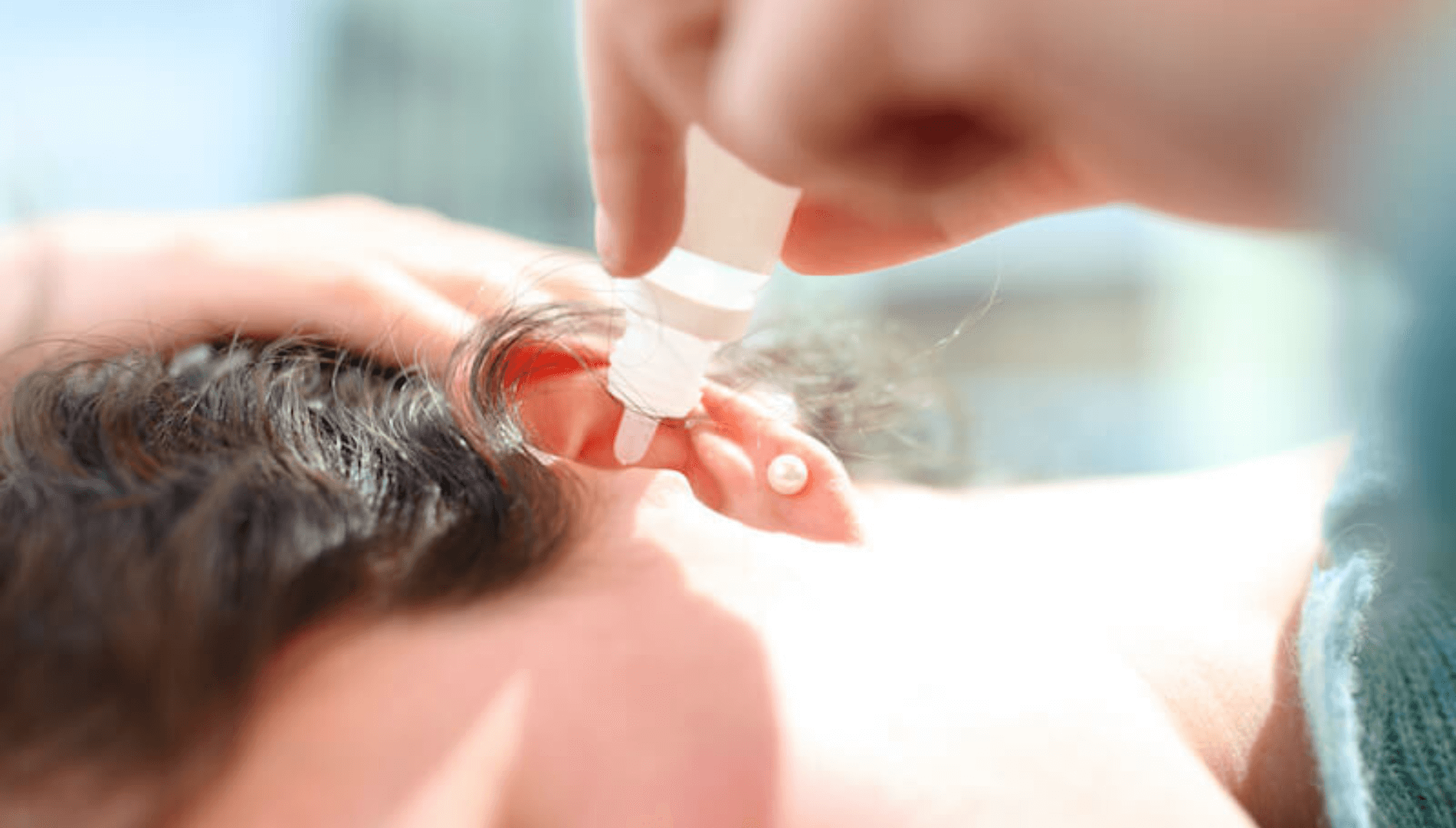
The ears are delicate and unique parts of the body. They require special care to maintain good hearing and prevent infections. Proper ear cleaning is essential for an individual’s overall health, yet many people might not know the best way to do it.
The Risks of Improper Ear Cleaning
Improper ear cleaning methods, such as cotton swabs, can push earwax deeper into the ear canal. This can lead to impactions, infections, and even damage to the ear drum. Aggressive or inappropriate cleaning practices can also irritate the ear canal.
Safe and Effective Ear Cleaning Methods
Ears are self-cleaning. Most of the time, the earwax will work its way out of the ear on its own. Regular bathing and showering help keep the outer ear clean. Gently wiping the outer ear with a damp cloth is often all that is needed.
Over-the-counter ear drops can help soften earwax, making it easier to remove. These drops usually contain mild ingredients like carbamide peroxide or glycerin. After applying the drops according to the instructions on the package, the wax should soften and gradually make its way out.
A warm water flush can also help remove stubborn earwax build-up. Fill a bulb syringe with warm water (not hot), gently insert the tip into the ear, and flush the ear canal with water. Make sure to tilt the head to allow the water to drain from the ear. Repeat if necessary, but be gentle to avoid any injury.
If earwax build-up persists or causes discomfort, consult a hearing health professional. Professionals can safely and effectively remove earwax using specialized tools and techniques. They can also diagnose and treat any underlying issues contributing to excessive earwax production.
Inserting objects like cotton swabs, hairpins, or other instruments into the ear can cause more harm than good. These can push wax deeper into the canal, create blockages, and risk puncturing the eardrum. Therefore, it is best to avoid inserting anything into the ear canal.
Recognizing the signs of excessive earwax can help take timely action. Symptoms include:
- Earache
- Fullness in the ear
- Ringing in the ear (tinnitus)
- Decreased hearing
- Dizziness
Consider using ear drops or consulting a hearing health professional for further advice and treatment if these signs appear.
Maintaining General Ear Health
Moisture in the ears can lead to infections. After swimming or bathing, ensure ears are thoroughly dried. Tilting the head to each side can help the water drain out, and using a soft towel to pat the outer ear dry is often effective.
Exposure to loud noises can damage hearing over time. To safeguard hearing, wear ear protection in noisy environments, like concerts or when operating loud machinery.
Regular check-ups with a hearing health professional, even with no apparent issues, can help maintain one’s ear health. Professionals can monitor ear conditions and provide personalized advice.
Colds, allergies, and sinus infections can also affect the ears. Managing these conditions can prevent complications like ear infections or pressure build-up in the ears.
